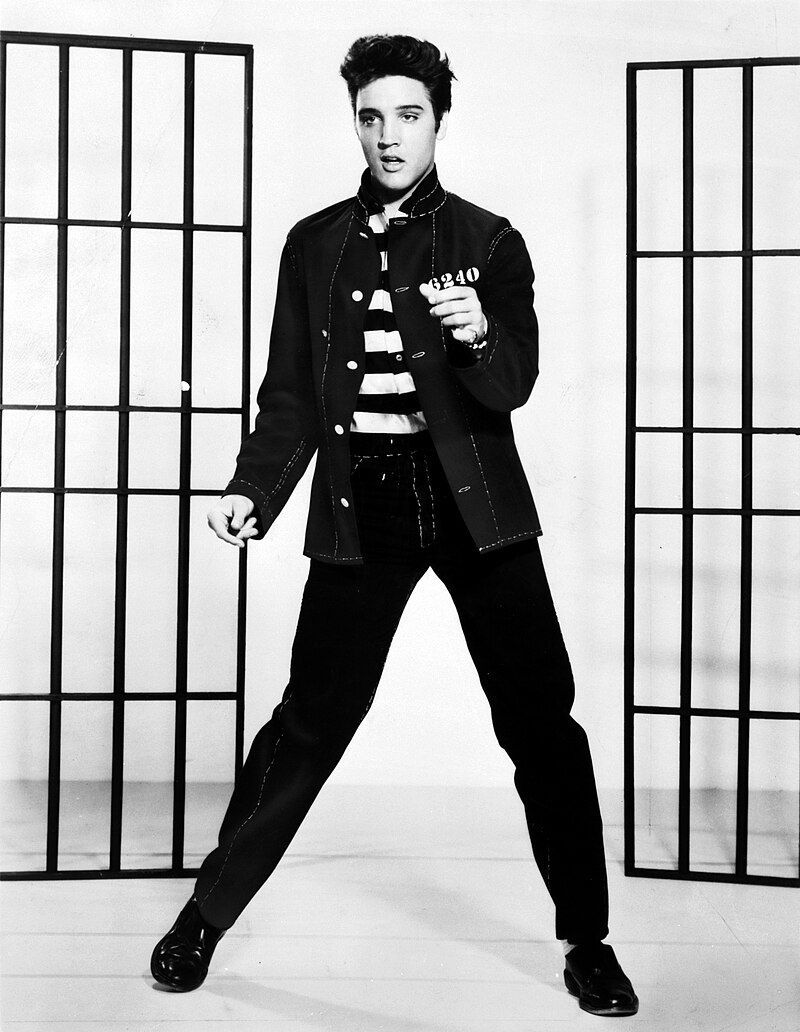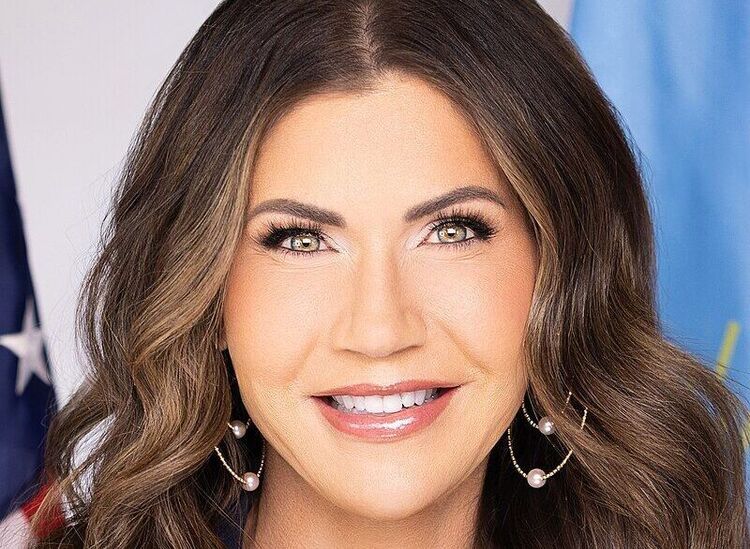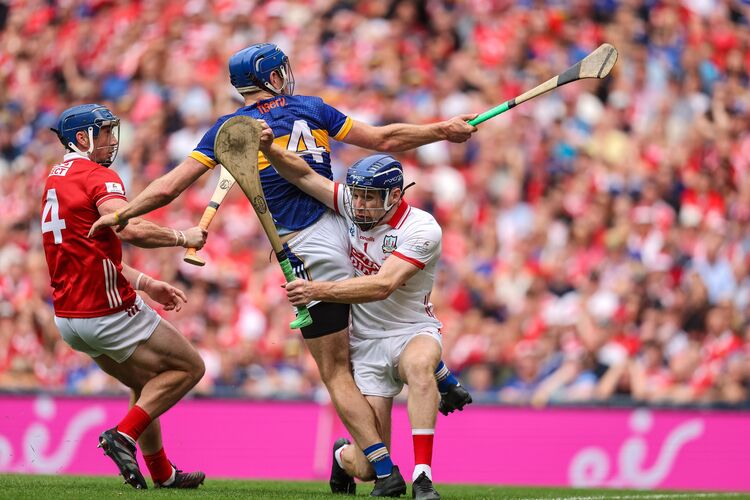One night, while departing the stage in the late, lamented Village Pub in The Bronx, I was approached by a gentleman who remarked: “When all is said and done, Kirwan, you’re nothing more than a trumped up Wexford Teddy Boy.”
Since slagging was one of the main forms of communication in Irish immigrant circles, and my admirer was about a foot taller than me, I didn’t dwell on the matter.
This would have been back in the late 1980s. I was between bands and had taken to singing old rock ‘n’ roll songs for my bread and butter.
I was wearing a skinny black leather tie, pointed red shoes, with a dab of Brylcreem to grease back my hair. In truth, the slagger wasn’t far off the mark. I was attempting a bit of a Ted look.
Who were these Teddy Boys and how had their influence spread to the wilds of the North Bronx 30 years after their European heyday?
Eddie Cochran.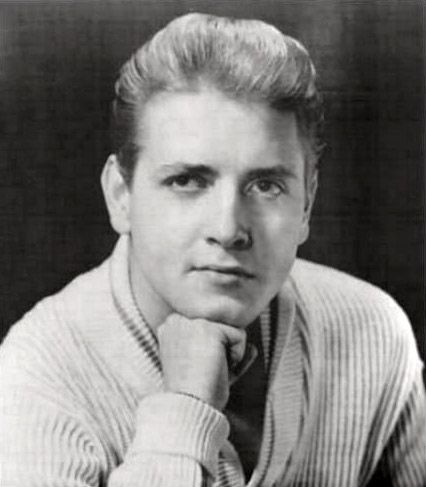
They first came to prominence in London in the 1950s when working-class youth, tired of post-World War II rationing and deprivation, adopted long Edwardian style suit jackets, commonly known as drapes.
Sick of the all-pervasive, dowdy black suits, they wore these drapes in rich red or blue colors, over drainpipe trousers, bright shirts, skinny ties, suede shoes, and lime-green socks.
In those gloomy days Ireland’s greatest export was, as ever, its people, and it was a rare Wexford teenager who didn’t spend a year or two knocking London down and rebuilding it.
The more stylish of these emigrants were known to strut their Teddy Boy threads on Wexford’s Main Street during Christmas and summer vacations.
Sensing an opportunity, the enterprising Nolan family introduced Wexford’s first jukebox to their recently opened ice cream parlor. The Teds stocked this magic machine with their favorite Rockabilly music, turned the volume up to 11, and a scene was born.
In those gloomy days Ireland’s greatest export was, as ever, its people, and it was a rare Wexford teenager who didn’t spend a year or two knocking London down and rebuilding it.
Their favorites were Elvis, Bill Haley, and Eddie Cochran – all three, oddly enough, with Irish roots. Added to these hell raisers were Buddy Holly, Gene Vincent, Jerry Lee Lewis, and a rake of others, mostly Southern White boys ripping up and ripping off Black R&B music.
The local Garda Síochána were leery of these teenage rebels and their exaggerated jive dancing, but as long as they kept it within the confines of Nolan’s small premises and didn’t engage in any of the new-fangled juvenile delinquency, how bad could it be.
Bill Haley.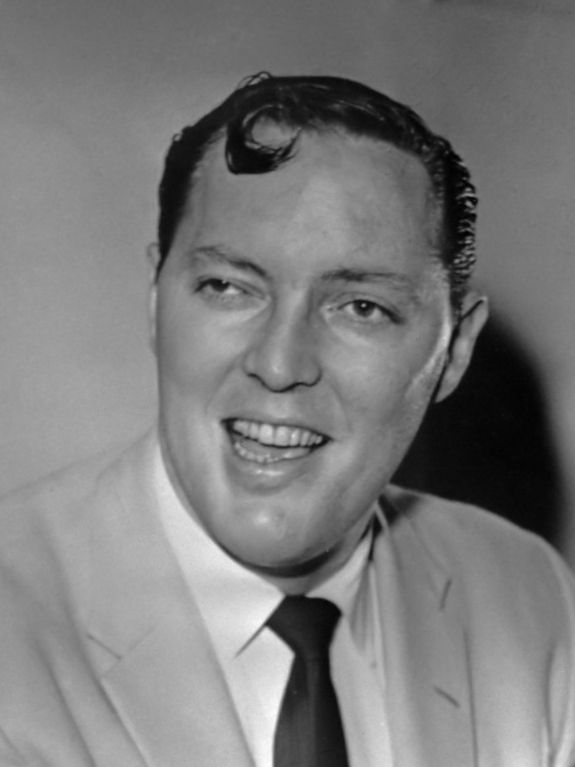
The only serious incident occurred when Bill Haley’s Rock Around The Clock film played at the local Capitol Cinema, where some ancient seats were demolished, and the audience took to jiving in the aisles.
Teds seem to have been a mostly East Coast phenomenon with sightings also in Dublin, Belfast and Ballymena, though it’s hard to believe that Cork, Limerick and Galway didn’t also have their stylish rebels.
The Teddy Boy era faded in the 1960s when mass marketing began to dictate teen dress styles.
There was a moment when The Beatles might have stemmed the tide of banal commerciality. Take a look at their early pictures. John and George show unmistakable Ted influences. Then Brian Epstein became manager and insisted upon those silly collarless suits.
What’s interesting about the Teds is that they designed a style all their own with the help of local tailors. They insisted upon individuality – at least at nights and weekends when free from their factory jobs. For once, men outshone ladies in the couture department.
I still see remnants of the look in Ireland, the drapes have long gone but tight black trousers persevere, albeit with a healthy paunch drooping over an exaggerated belt buckle.
Don’t look too closely though, the wearer, often in his 70s, may give you the hairy eyeball from behind a fabulously greased grey quiff.
Such characters tend to stand at the bar with a faraway look in their eyes until Elvis, Eddie Cochran or Bill Haley sweep away whatever modern dross is polluting the radio or juke box.
Then all at once they jerk to attention, suck in their beer-bellies, and they’re ready to jive and kick out the jams again, just like they did in Nolan’s ice cream parlor all those Rockabilly, Teddy Boy years ago.

